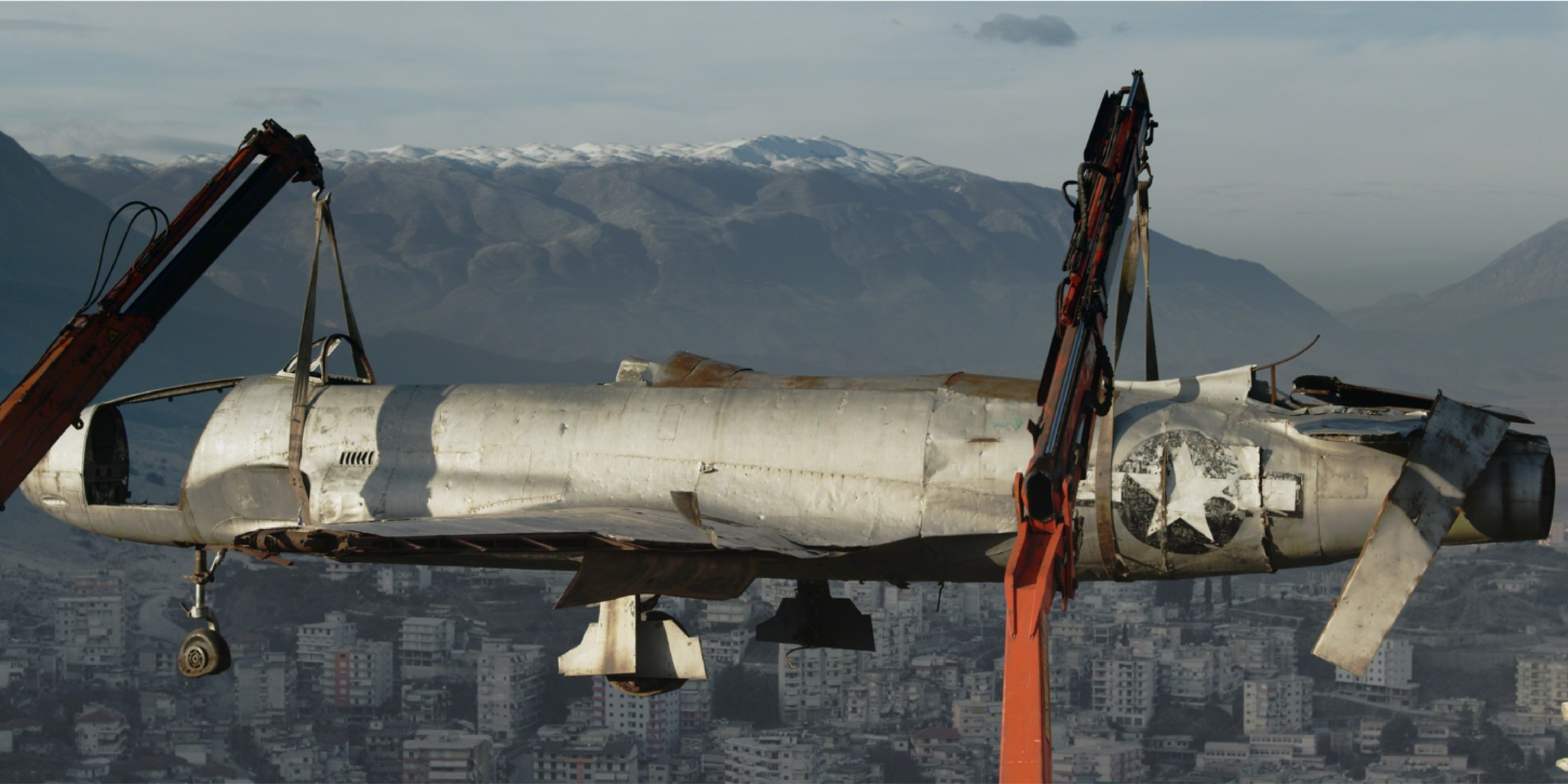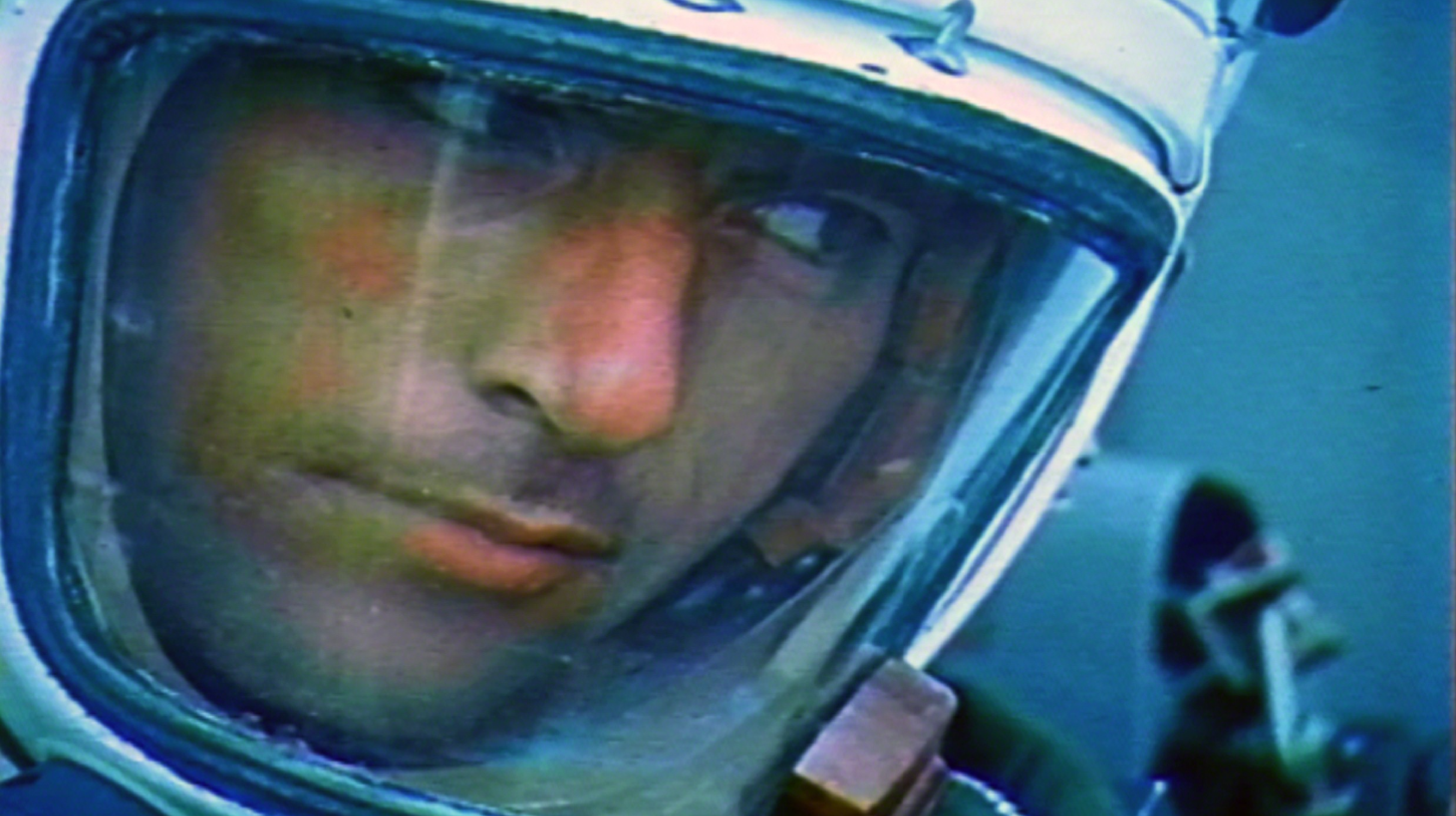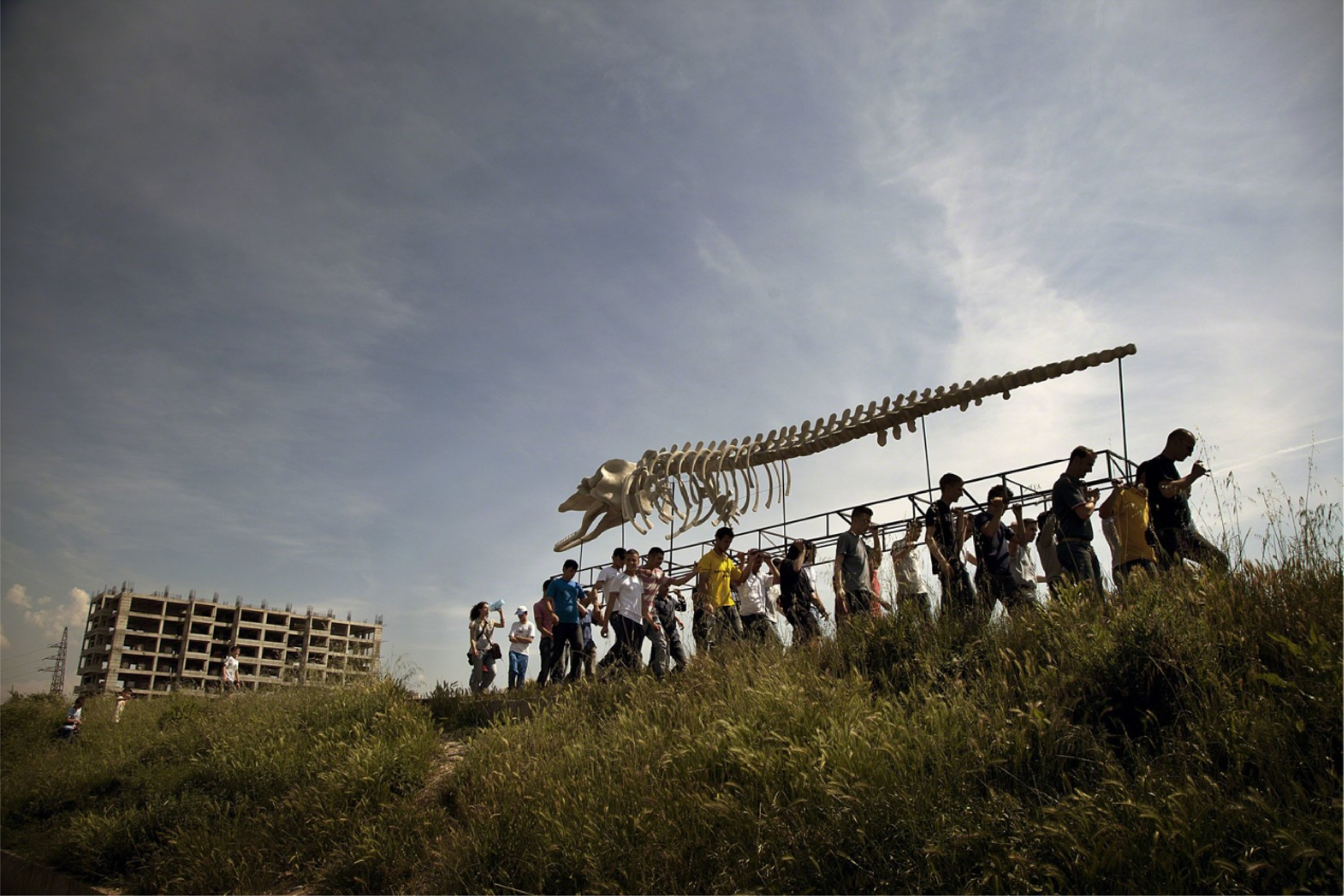Armando Lulaj
Armando Lulaj is a visual artist, writer and filmmaker. His research is oriented towards accentuating the border between economic power, fictional democracy and social disparity in a global context. In 2003 he co-founded DebatikCenter of Contemporary Art in Tirana. His works have been shown at the Prague Biennial (2003, 2007), the 6th Berlin Biennial (2010), the 52nd Venice Biennial (2007), the 63rd Berlin International Film Festival (2013), the National Theater in Tirana (2013), and he represented Albania at the 56th Venice Biennial (2015). Recent solo exhibitions have been presented at Zone of Contemporary Art at Academy of Art in Szczecin (2024) and at ZETA Contemporary Art Center in Tirana (2024). The book Broken Narrative: The Politics of Contemporary Art in Albania, written by Lulaj and Marco Mazzi, was published in 2022 by punctum books.
“Albanian Trilogy” (2011-2015) focuses on a historical and political period that was extremely important for building not only Albanian but also international identity. Lulaj recreates informal archives based on his own memories and oral histories regarding the Albanian historical narrative. The project represents many years of research on the Cold War period in Albania, and in particular on the themes of collective memory and historical experience, gathered into a film trilogy in which three mythical fetishes symbolize the sea, air and land. The catalog Albanian Trilogy, edited by Marco Scotini, was published in 2015 by Sternberg Press to accompany Lulaj’s project for the 56th Venice Biennial.







Works by Armando Lulaj
Breaking Stones
2017, digital video
11 minutes
Night. Suburban area of the city of Tirana. A man holding a large rock in his hands appears in the dark street. As he walks, he repeatedly smashes the rock into the ground until the pieces become small enough to be easily picked up by other passersby and presumably used by them in an upcoming protest. He disappears into the darkness. On another street perhaps another man appears to be repeating the same action.
Recapitulation
2015, digital video
10 minutes
Part of “Albanian Trilogy: A Series of Devious Stratagems”.
On December 23, 1957, at 11:10 AM, a US Lockheed T-33 Shooting Star aircraft flown by Major Howard J. Curran left Chateauroux, France, heading for Naples, Italy. Above Turin, the aircraft radio failed and after hitting bad weather with strong winds, the plane veered off its flight path to end up, by mistake, in the sovereign airspace of the People’s Republic of Albania. At 1:28 PM, the intruder was intercepted by the Albanian Air Force Command, which instantly ordered two MiG-15 fighter jets to take off and identify it. By 3:50 PM, the fighters reported that they had spotted the intruder in the area around Rinas Airport, flying at 500-650 km/hr at an altitude of 150-200 m. Prompt countermeasures were taken. The airplane was forced to land and, to keep it from taking off again, the airport was locked down.
NEVER
2012, digital video
22 minutes
Part of “Albanian Trilogy: A Series of Devious Stratagems”.
In 1968, by order of the Labour Party, the army, helped by the voluntary youth, undertakes one of the greatest voluntary works of the Communist era in Albania: on the side of a mountain range nearby the Albanian city of Berat, Albania’s dictator Enver Hoxha has his name displayed in a monumental engraving. 44 years later, a group of villagers take the effort to climb the mountain and change the letters by overwriting a new word, referring to the past dictatorship and the current government. ENVER becomes NEVER in a laborious process of ‘(un-)naming’ the recent past.
It Wears as it Grows
2011, digital video
18 minutes
Part of “Albanian Trilogy: A Series of Devious Stratagems”.
On May 25, 1959, at the height of the Cold War, Nikita Khrushchev visited Albania to discuss the Soviet Union’s plans to arm Enver Hoxha’s state with submarines and warships, positioning long and medium-range missiles along the Albanian coast, in order to counter the U.S. missile bases installed in Italy for the sake of controlling the Mediterranean. In 1963, after the break in relations with the USSR, the Albanian navy, in a paranoid fear of enemy attacks, sighted an object that repeatedly appeared and disappeared at the surface of the sea off the coast at Patok. Believing it to be a submarine, they shot it. The object turned out to be a cachalot (Physeter macrocephalus), the Mediterranean sperm whale. After being recovered, the whale’s remains were displayed in the Museum of Natural History in Tirana.
